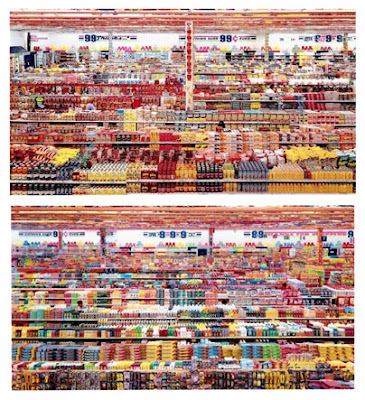Kevin Carter would have never expected that his trip to Sudan will change his life entirely. Neither that he expects that the photo he shot will draw much attention and raised hype around the world, and won him enough fame to win the Pulitzer Prize.
Kevin Carter was a photojournalist of South African nationality. Born in the era of apartheid, watching the oppression of the white regime towards the black majority has become a daily routine to him. Although he was a born in white, apartheid-devout family, he never accepted the ideology of white people as the superior genes. And every time he saw police officer arresting or beating black people without reason, he started to question the rationality of the apartheid regime. He always had arguments with his parents who accepted the unequal, lopsided law. Because of this, it will later affect his adult life when he became a photojournalist to expose the brutality of apartheid.
In March 1993, Carter made a trip to the famine-stricken Sudan. While wandering around to photograph the famine victims, he heard a soft, high-pitched whimpering and saw a tiny girl trying to make her way to the feeding center. As he was trying to take the girl’s picture, a vulture landed near her. He would later say that he waited for 20 minutes for the vulture to raise its wings, but it didn’t happen. After he took the photograph, he chased away the bird, and watched as the little girl resumed her struggle.
And then, on April 12, 1994, the New York Times phoned to tell him he had won the Pulitzer for his photograph of the vulture and the little girl. The haunting photo that showed the true nature behind famine Sudan made him won the Pulitzer Prize for Feature Photography, not to mention the massive load of attention and fame. Carter managed to won the attention of the world by the means of using only a single photograph.
By the time the photo was released to the public, hundreds of people wrote and called, asking what happened to the poor little girl. Suddenly, People started to care about a girl who never had any relation to them, and the global awareness on famine in Africa escalated.
The story of Kevin carter proved that even through a single picture, you can change the perception of the world towards certain issue. Photography had the power to alter the mindset of people, and creating public opinion to rise up important issue, especially serious issues that had been overlooked to save the importance of certain people.
Through his picture, Carter managed to gain fame around the world and managed to get people to realize how bad the African people had suffered through famine, where before this none of them seemed to care. Carter reputation soared, he had everything that man ever wanted, and thus making him one of the most renowned photojournalist. This is a story of success of a man, where a single click from the camera shutter had changed his life, entirely.
But there are always two sides of every coin. Every story of success must have a downfall, whether it is set at the beginning of the story, climax or near the end. Carter was no exception. Unfortunately for him that his downfall was set at the end of his successful story.
With the Pulitzer, however, he had to deal not only with acclaim but also with the critical focus that comes with fame. Many people had criticized him, saying that instead of waiting to photograph the girl, he should have helped her to the feeding center. Other had claimed that he was no different from the vulture itself, and even some of Carter's friends wondered aloud why he had not helped the girl.
Carter was so depressed of the entire allegation made towards him. His career starting to drop, his personal life was starting to fall apart, and on 27 July 1994 Carter drove to the Braamfontein Spruit river, an area where he used to play as a child, and took his own life by taping one end of a hose to his pickup truck’s exhaust pipe and running the other end to the passenger-side window. He died of carbon monoxide poisoning at the age young of 33.
Nobody knew if his suicide was related to the photograph he shot, but many believe that depression and the feeling of guilt has caused someone who had all the fame to end his own life.
Sometimes the photographs we shot might be in the condition that people would question our ethics and morality. It is a dilemma faced by many photojournalists. Carter once quoted saying "I am zooming in on a tight shot of the dead guy and a splash of red, going into his khaki uniform in a pool of blood in the sand. The dead man's face is slightly gray. You are making a visual here. But inside something is screaming, "My God”. But it is time to work. Deal with the rest later. If you can't do it, get out of the game."
If you were a photojournalist, and saw someone was screaming and burning in front of your eyes, would you rather waste your opportunity to get a great picture and try any means to help him; or would you put aside your ethic and morality for a single frame and forever be haunted by guilt?
It’s your choice to decide which side of your coin to land.




















